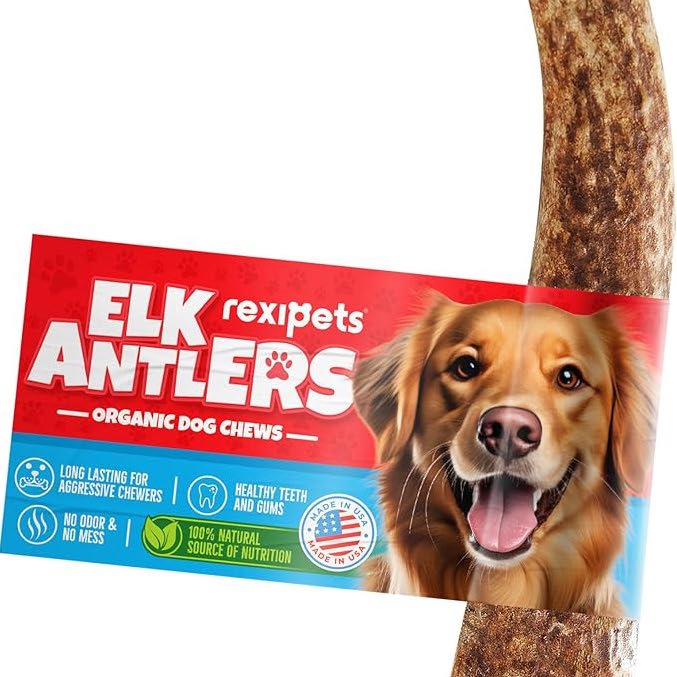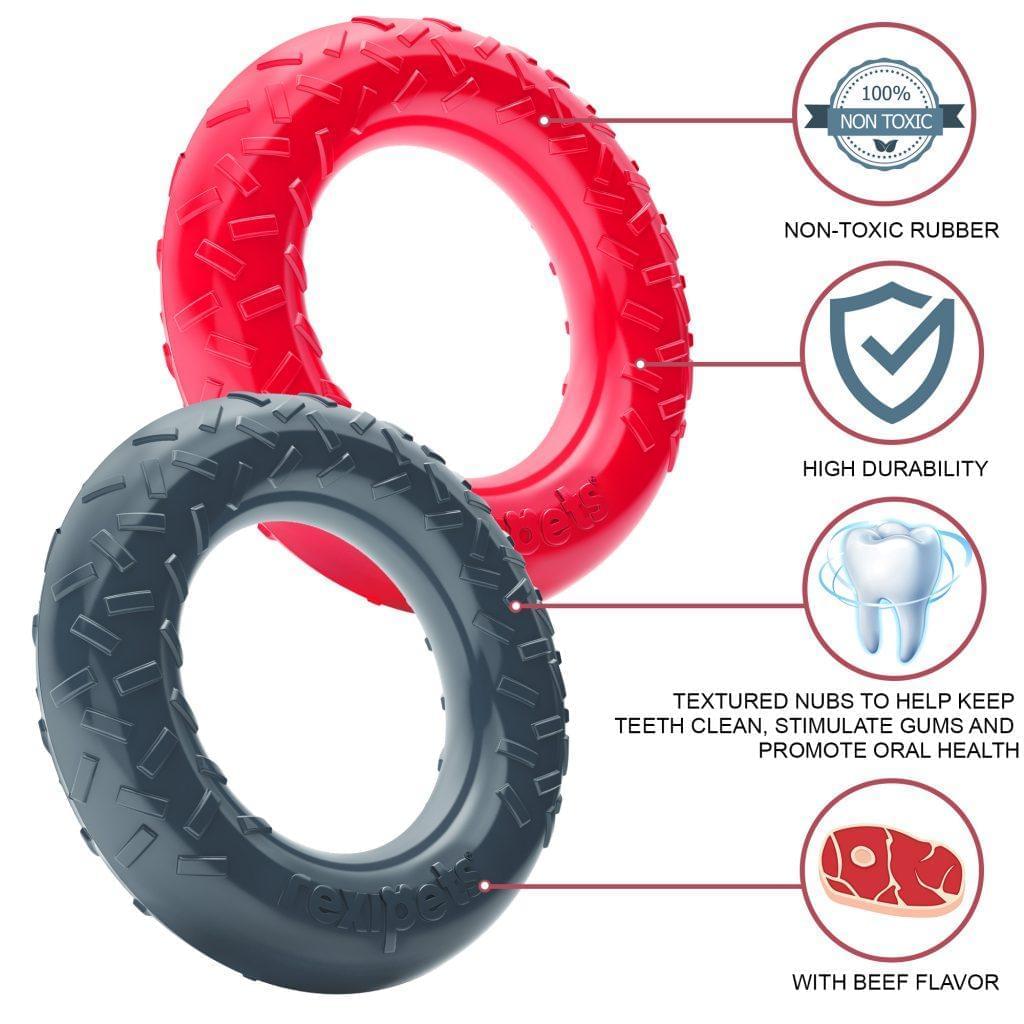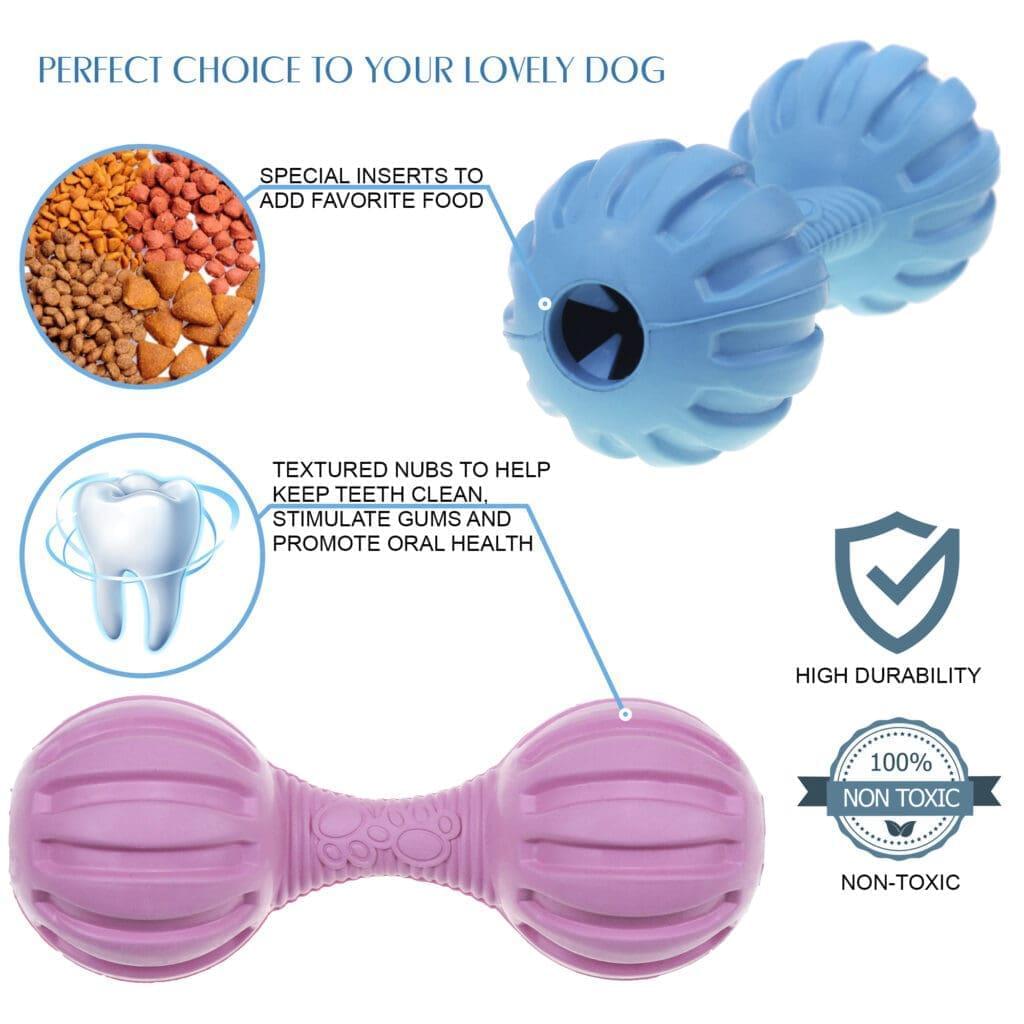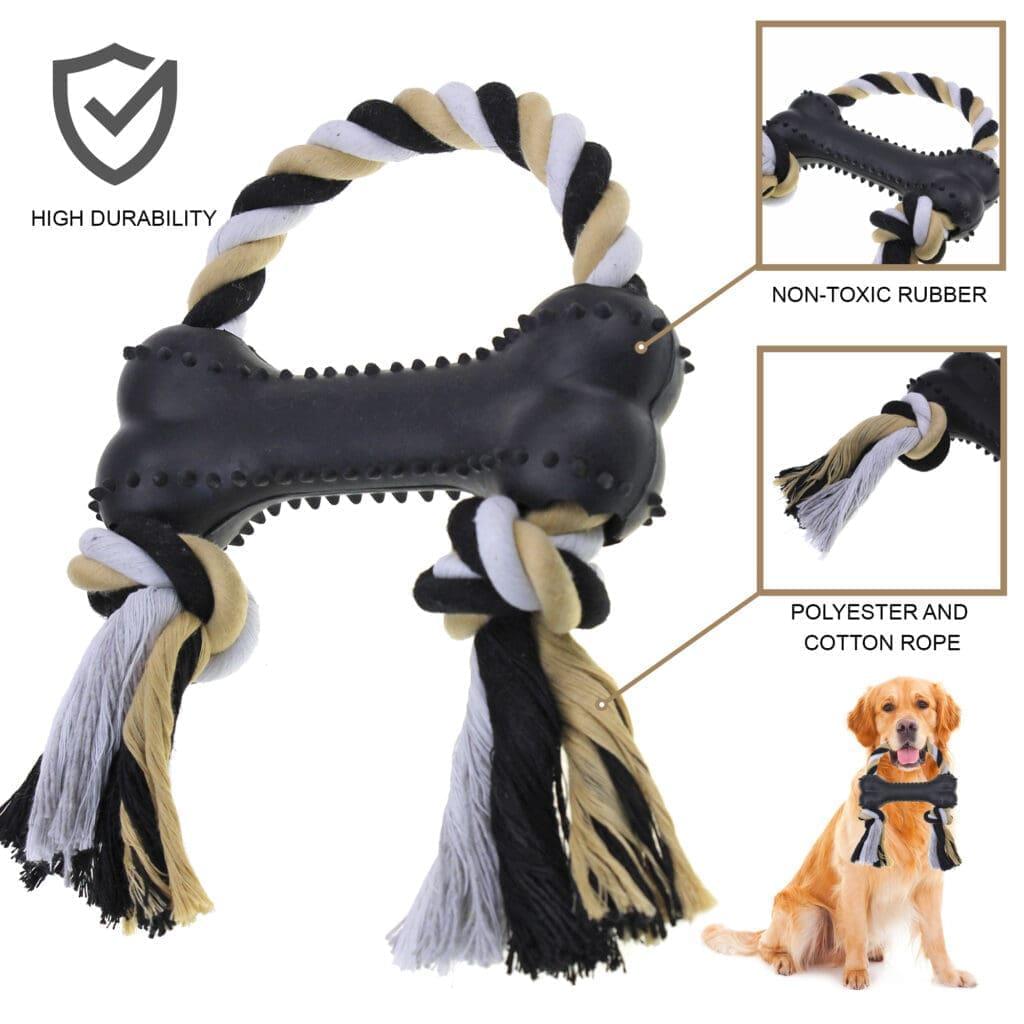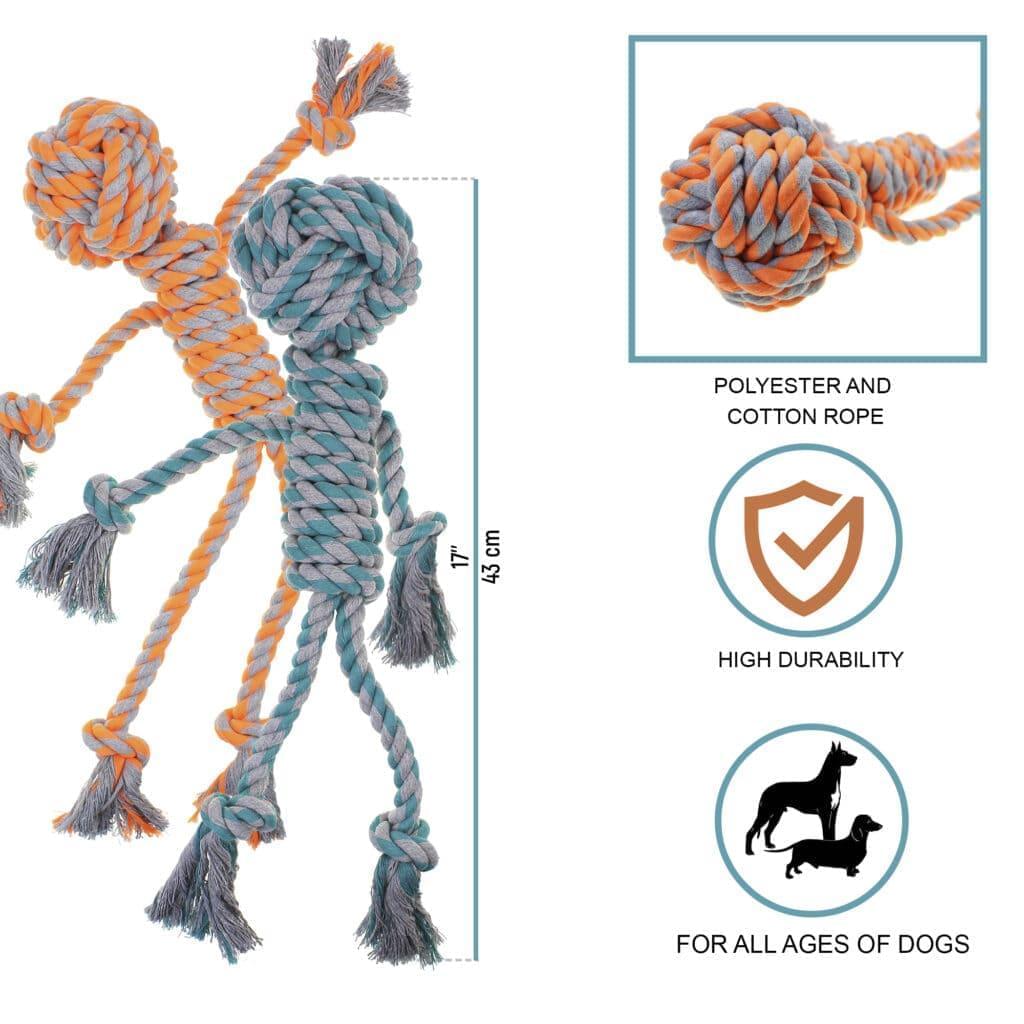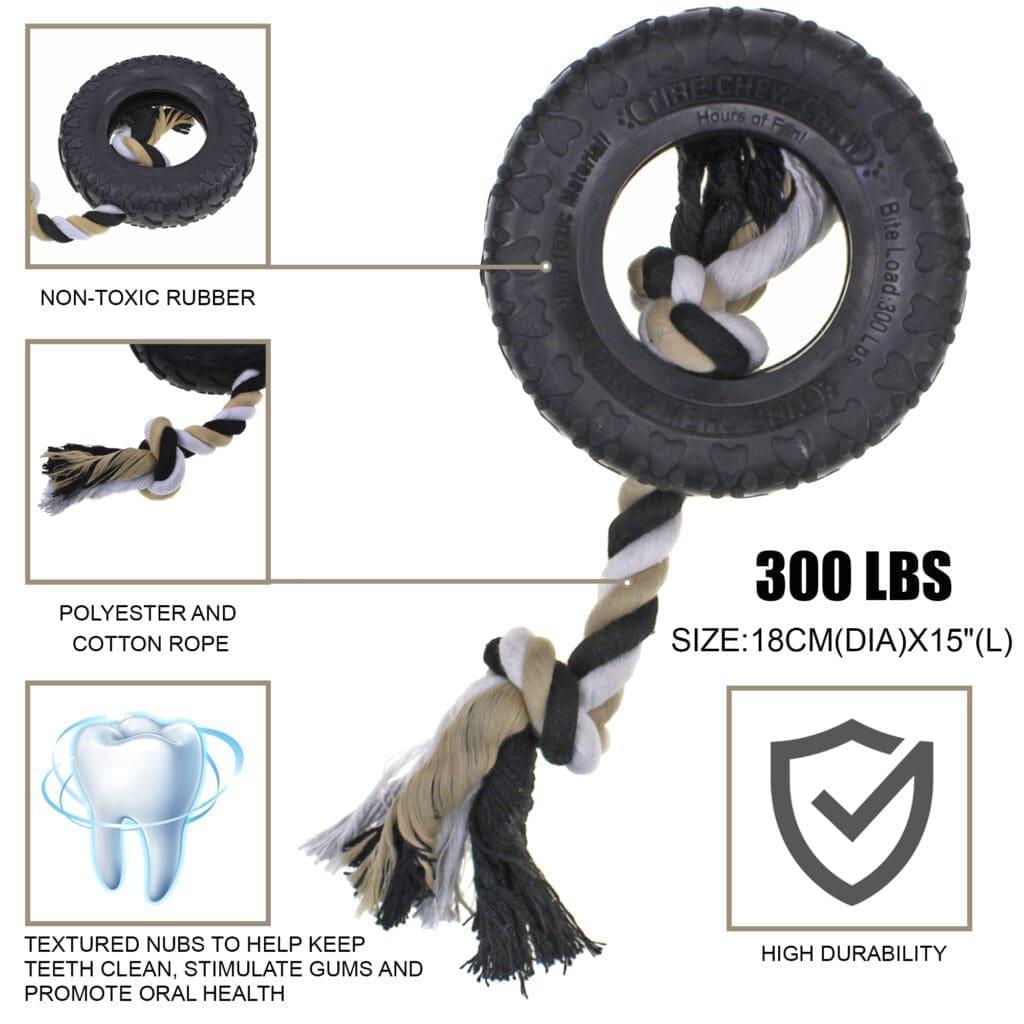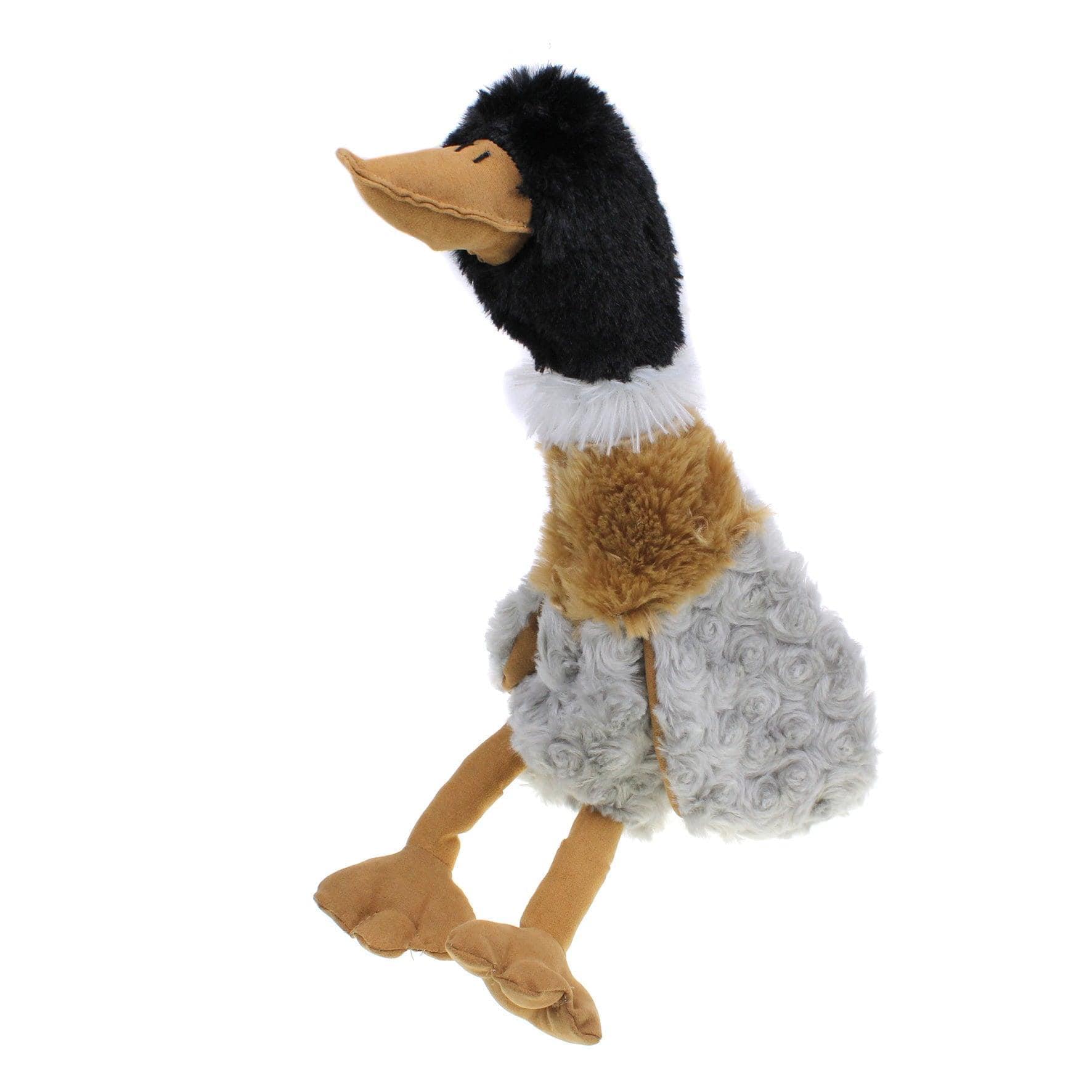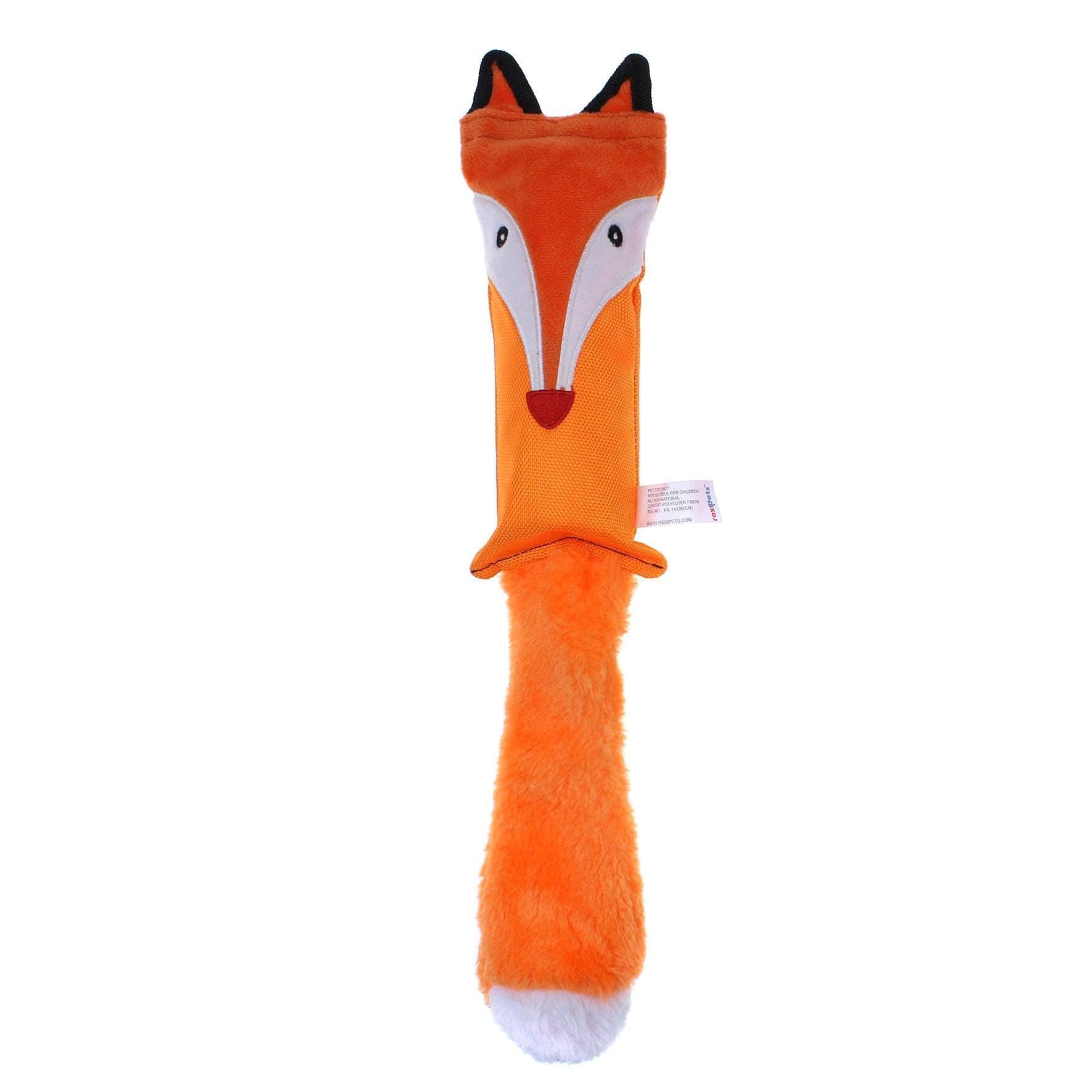Are you looking for a chew treat for your dog? Well, we have one that your furry friend will love, which is pig ears. Now people mostly wonder if pig ears are good for dogs.
If you're wondering the same then, you have landed at the right place.
There are many strong opinions for and against feeding pig ears, and while your dog or puppy may find it delicious, is it also good for their health?
Let’s find out if it is the best choice for your furry friend!
Pros of Pig Ears For Dogs
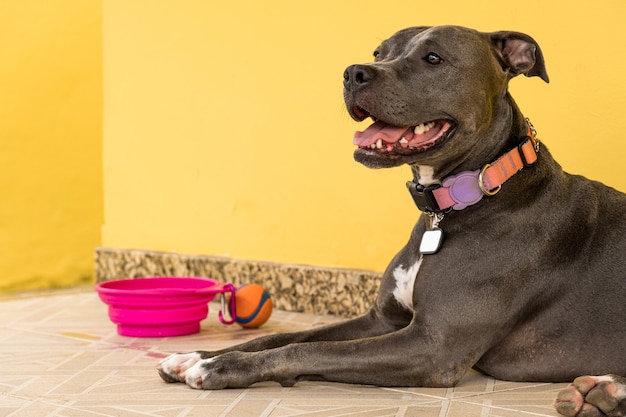
Most likely, your dog will love pig ears because their naturally hard texture is satisfying to chew on, and the porky taste is delicious to dogs. They are one of the most popular dog treats.
There are many other reasons that might convince you to choose pig ears for your dogs!
-
Low-Odor Natural Chew
If you have tried any other natural chew treats, you know that they have a very strong odor and are not pleasant at all.
Pig ears, even though they are rich and porky in flavor, do not have an odor so strong that it will bother you. Obviously, your dog will be able to smell it, and it will attract their attention.
-
Natural and Organic Treat
If you like giving dog treats, pig ears are a good, healthy alternative. Pig ears are purely made of pig ears. So, they are a good source of protein.
If your dog likes the taste of pork, they will most likely love pig ears too. There are no artificial flavors, fillers, additives, or any sort of harmful chemicals. This means that you do not have to worry about any problematic ingredients, especially if your dog has any allergies or sensitivities to any ingredients.
-
Nutritious Treat
When you hear of pork, you might think that it constitutes a lot of fat. However, pig ears are mostly composed of cartilage. Cartilages naturally contain healthy substances like chondroitin sulfate and glucosamine. These beneficial chemicals are proven to increase mobility and support bone
s, hip, and joint health.Secondly, pig ears also contain huge amounts of protein. Proteins provide many essential amino acids that are necessary for your dog’s well-being. However, pig ear treats are not an alternative to dog food.
-
Dental Health Benefits
Pig ears are a delicious way to maintain your dog’s dental health. With the firm texture and the chewing action, it's a good exercise, and it also helps reduce plaque and tartar, eliminating bad breath as well.
So, the more your dog chews, the stronger and cleaner their teeth will be.
Name a better way for dogs to ensure cleaner teeth and fresh breath!
-
Suitable for Many Chewing Styles
Most natural chew treats, such as beef hide or shin bones, are tough and thick. Some dogs, for example, senior dogs or puppies, do not enjoy those because they have a light chewing style.
However, pig ears are not as thick or tough, but they are still firm enough to be enjoyed as long-lasting chews.
-
Behavioral Benefits
Pig ears can be chewed for extended periods because they are composed of cartilage, which is a soft, elastic bone. This will keep your dog or puppy busy.
Moreover, chewing will stimulate their brain, keeping them away from any destructive behaviors caused by boredom and restlessness. So, it is good for both the physical health and mental health of your pet.
Cons of Pig Ears For Dogs and Puppies

Pig ears are not entirely bad for your furry friend and do not generally make them sick if it is an occasional treat. If you are giving them pig ears as part of their regular diet or if they are not sourced from a safe vendor, that might be an issue.
Let’s discuss this in more detail.
-
Possible Health Hazards
Too much of anything can be bad for your dog. If your dog or puppy is regularly eating pig ears as part of their daily diet, there is a risk that they might get obese.
As mentioned earlier, pig ears are not very high in fat content. However, having them daily could mean that your dog or pup has more fat content than they ideally should.
High levels of fat can result in pancreatitis in many dogs. If your dog is suffering from diarrhea, extreme abdominal pain, and vomiting, take them to your vet to make sure there is no underlying issue.
-
Difficulty in Sourcing Pig Ears
Make sure that you are buying pig ears from a reputable manufacturer and vendor. If not handled properly, pig ear treats may contain bacteria such as salmonella.
Salmonella can cause adverse reactions in humans. This makes sourcing pig ears a difficult task since you need to do thorough research before buying.
Are Pig Ears Safe for Dogs?
Pig ears are generally safe and healthy; however, before buying pig ear treats for your dog or pup, there are some things you need to be careful about.
-
Processed Pig Ears
Pig ears that are sold whole are safe for dogs as they do not have any additives. They are recognizable as ears, so you will not have a hard time finding them.
You can usually find them frozen at raw dog food suppliers. Stay away from pig ear strips or pieces. They are most likely processed.
-
Cooked Pig Ears
You can also find cooked pig ears, and you might think they are safer, but you need to be careful with this, too. Usually, they are roasted, smoked, or boiled to prevent bacterial growth, such as salmonellosis.
But even then there could be a risk of a bacterial infection or digestive upset. Smoked pig ears can cause cancer in the long term. If you want to buy cooked pig ear dog treats, go for the baked ears that do not have any additives.
-
Feed In Moderation
Since pig ears are big treats, you do not want to overfeed your dogs and puppies with them. Too many pig ear treats, even if you are just giving a single ear, can cause obesity.
Include these treats in your dog's calorie counts so you can moderate how much they are getting.
-
Risk of Salmonella
Salmonella does not harm dogs or puppies but threatens dog owners. So always ensure that you are not buying contaminated ears. After handling pig ears, always wash your hands and clean all surfaces.
-
Parental Supervision
For the first few times when your dog is introduced to pig ear treats, you have to be vigilant pet parents. Keep a bowl of fresh water close by and wait until your dog is finished chewing their treat.
Afterward, observe them for any sensitivities or allergic reactions. It can also be a choking hazard, so if you have a pup, cut the treat into large pieces so it is easy for them to chew and swallow.
Final Words
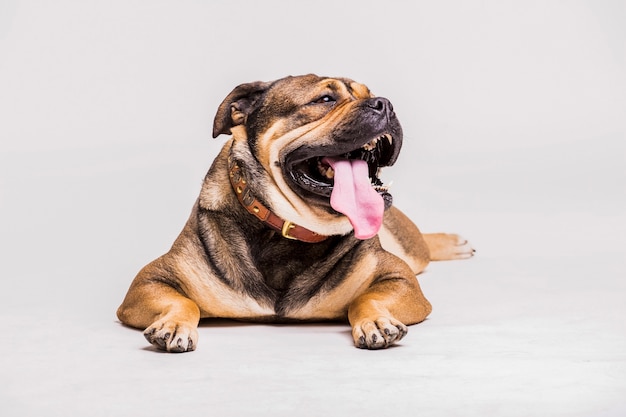
Pig ears are not the typical treat or bone that people are accustomed to seeing. However, they are more beneficial for dogs than most other treats. These chew treats have an irresistibly good natural flavor as well as a variety of other benefits.
The reality is that pig ears get a lot of hate, but as you have read, the pros outweigh the cons. So, if you are exploring natural chews for your furry friend, pig ears are it!
FAQs
Do pig ears give dogs diarrhea?
Pig ears are completely natural and composed of cartilage and are, therefore, easy on the dog’s digestive system. However, sometimes new foods or treats can cause dogs diarrhea or loose stool. When introducing, start slowly, cut pig ears into small pieces, observe your dog, and then act accordingly.
If cooked pig ears are not working for your dog, try giving a raw ear treat. Raw ears are softer and easier to digest. They also do not have additives.
How often should I give my dog pig ears?
This depends on your dog’s diet plan. If giving a treat regularly is increasing your dog’s calorie intake, it can cause obesity and a handful of other health concerns. Moderation is always the best route.
Are pig ears better than rawhide?
Pig ears are not only better but also much safer for dogs than rawhide. Oftentimes, rawhide is treated with chemicals and can get contaminated in the process. It is also indigestible and causes intestinal blockages in most dogs.








